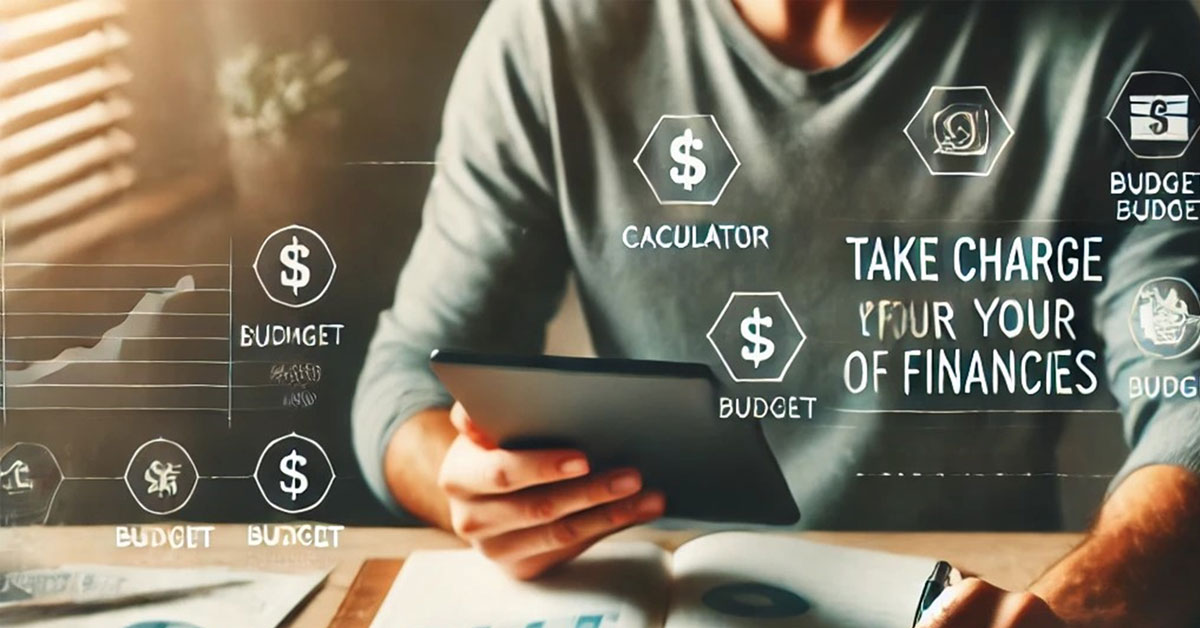Personal Budgeting: How to Manage Your Finances Effectively
In today’s fast-paced world, it’s easy to lose track of where your money goes. From the basics, like food and rent, to those tempting splurges, managing finances effectively is an invaluable skill that brings financial freedom and peace of mind. If you’ve ever wondered where your paycheck went or why it’s tough to save, learning the art of personal budgeting is a game-changer.
### Why Personal Budgeting is Important
Effective budgeting is more than just setting limits—it’s about prioritizing your needs, preparing for the unexpected, and creating a roadmap to reach financial goals. When done right, budgeting:
1. **Reduces Financial Stress**: Knowing exactly where your money is going can relieve a huge amount of stress and let you enjoy life more fully.
2. **Helps Achieve Financial Goals**: Whether it’s a dream vacation, a new home, or simply building a safety net, budgeting puts you in control.
3. **Prepares You for Emergencies**: With a well-planned budget, you’re not only managing expenses but also creating a buffer for the unexpected.
### Step 1: Track Your Spending
The first step in budgeting is understanding your current spending. Over a month, jot down everything you buy, from coffee to utilities. You may be surprised to see how quickly small expenses add up. This exercise sheds light on spending habits and highlights areas where you can save.
### Step 2: Set Clear Financial Goals
Think about what you’d like to achieve in the short and long term. Short-term goals might include paying off debt, while long-term goals could be building retirement savings or buying a home. Clear goals provide the motivation and structure you need to stick to your budget.
### Step 3: Choose a Budgeting Method That Works for You
No single budgeting method works for everyone. Some popular approaches include:
– **50/30/20 Rule**: Allocate 50% of your income to needs, 30% to wants, and 20% to savings and debt repayment.
– **Zero-Based Budgeting**: Assign every dollar a job, ensuring your income minus expenses equals zero.
– **Envelope System**: Physically or virtually divide money into different “envelopes” (categories), such as groceries, rent, and entertainment.
Experiment to find a system that fits your lifestyle and financial goals.
### Step 4: Automate Savings and Debt Payments
Automating savings deposits and debt payments makes budgeting easier and keeps you on track. Start small if needed, gradually increasing the amounts. Many banks offer savings accounts that allow automatic transfers, ensuring you save consistently.
### Step 5: Adjust and Review Regularly
Life changes, and so should your budget. Revisit your budget monthly to adjust for any changes in income, expenses, or financial goals. Celebrating milestones, no matter how small, helps keep you motivated on your budgeting journey.
### Common Budgeting Pitfalls (and How to Avoid Them)
1. **Impulse Purchases**: Consider a 24-hour rule before making non-essential purchases. Often, the urge fades!
2. **Unrealistic Goals**: Set goals that are challenging but attainable.
3. **Ignoring Small Expenses**: Small expenses can add up significantly over time. Track everything, even that daily coffee or occasional treat.
### Final Thoughts
Personal budgeting may seem daunting, but it’s a habit that pays off in more ways than one. Embrace these strategies and enjoy the peace of mind that comes with financial stability.







